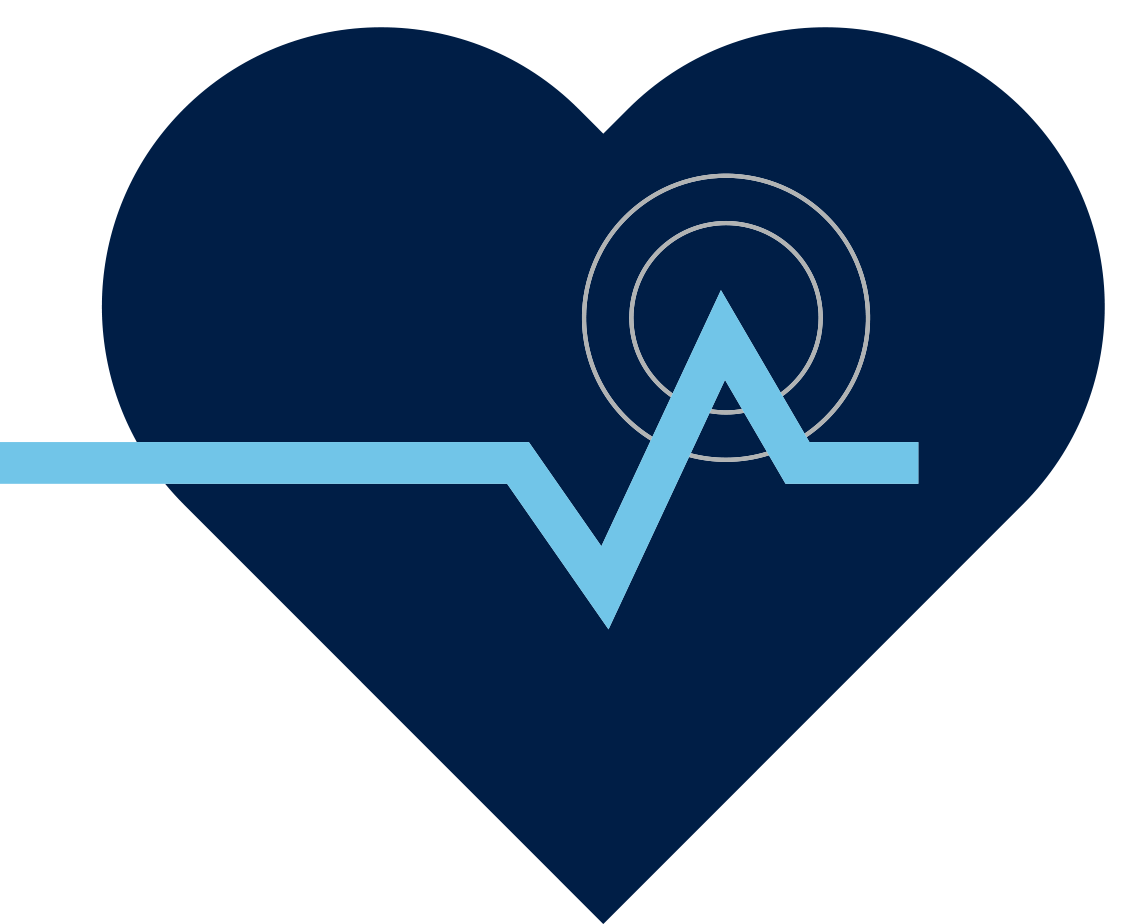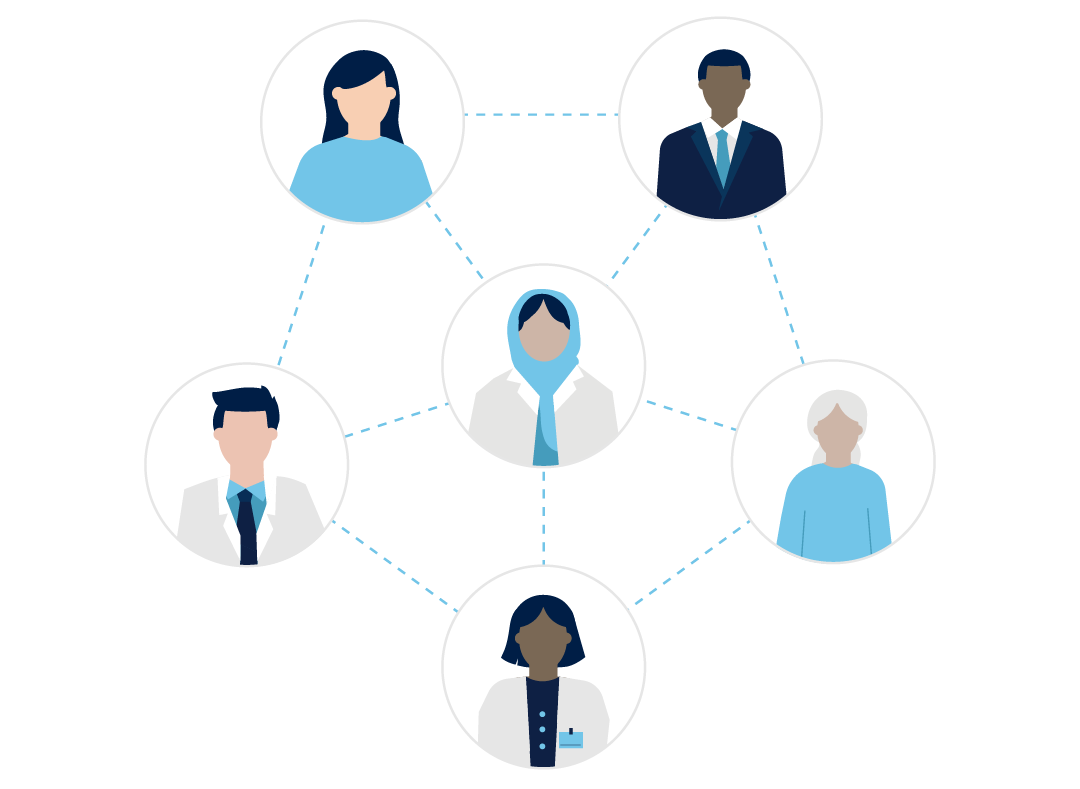
Stories
How technology provides peace of mind to one man struck twice by heart disease
Simon Henley survived two cardiac arrests. The first was due to luck, and the second to cutting-edge technology.

Simon Henley was in perfect health until the age of 45, when he suddenly collapsed while on a video conference call at work. Henley had experienced a cardiac arrest – his heart rate had suddenly sped up before it stopped beating.
“It happened completely out of the blue,” Henley says.
“I was training for another ultra marathon. I’ve always been an avid long distance runner.”
Luckily, Henley’s wife Martha heard him fall and came to the door soon after his collapse. She wanted to check if his call was over. What she found instead was her husband lying face down in a pool of blood, after hitting his head when he passed out.
When she realized his call was still going, she put his earbuds in her own ears. Simon’s colleagues instructed her to start CPR immediately, and said they had already called 911.
After seven excruciating minutes of CPR, the ambulance arrived. The early CPR procedure administered by Martha is likely what saved Henley’s life, the couple later learned.
Cardiac arrests have a very low survival rate – only of victims survive due to the urgent need for resuscitation, which is not always possible. Had the events unfolded differently that morning, Henley may not be here today.
Following his cardiac arrest, Henley was put into a hypothermic coma to slow down his heart and protect his brain. He was slowly woken up after nearly two days in the coma.
The near-death experience has changed his perspective on life.
“One of my most vivid memories was when I did wake up from that coma, I had a very weird realization of how quickly it can all end,” he explains.
Henley’s doctors advised him to have an implantable cardiac defibrillator (ICD) placed inside his body to prevent further episodes. ICDs are designed to detect and prevent life-threatening heart arrhythmias. If the device detects signs of danger, it delivers electric shocks to try to regulate the heartbeat or restart the heart.
Coincidentally, Henley has worked for Medtronic, the world’s largest medical device company, for more than a decade. Though Medtronic manufactures many devices, Henley happens to work on the team responsible for a heart valve product, and had previously worked on a team connected to ICDs. For Henley, the choice to go with a Medtronic device was a no-brainer.
Henley’s device communicates with a base station on his nightstand which is connected to the internet. Through a system called CareLink, his device automatically sends reports directly to his physicians.
Henley initially felt that the device was a precaution, believing his first cardiac arrest was an unlucky twist of fate.
“I truly believed that my first cardiac arrest was a fluke, which it was… And actually, I think I believed deep down [that] it probably [wouldn’t] happen again.”
That was until Henley had his second cardiac arrest – just one year later.
“It was almost an exact repeat. Monday morning, I was on a work call… and I went into cardiac arrest again,” Henley recalls.

“I didn’t hit my head this time. I just collapsed to the floor. I woke up within… about 20 seconds. And I had no idea what had happened.”
Henley’s device had detected the cardiac arrest and delivered life-saving shocks. His device had also sent all of the information to his doctor. He called the hospital when he woke up and they informed him that they had received the information from his cardiac arrest, and that his device had done exactly what it was designed to do.
“It only delivered one shock and it broke the rhythm immediately,” he says.
That afternoon, Henley was back at work. Without the device, he might not have survived.
Now, he knows the device works and the benefits it brings him. “I feel a much greater sense of security,” he says.
The experience has been hard for Henley’s family, especially his wife and eldest son. The whole family sleeps better at night knowing his defibrillator works how it’s supposed to.
“Just knowing we have this device has had a significant psychological impact on my family – and it’s a life saving device,” he says.
Having a device made by the company he works for has brought an added sense of significance to Henley’s job.

“When you rely on a device to save your life in a second, it gives you an incredibly deep meaning of what it means to make sure that the quality is the absolute best that it can be,” he says.
“It’s one of those things where you know the stories, but you never truly think you will be a patient one day.”
This story was created by , Postmedia’s commercial content division, on behalf of Medtronic.


